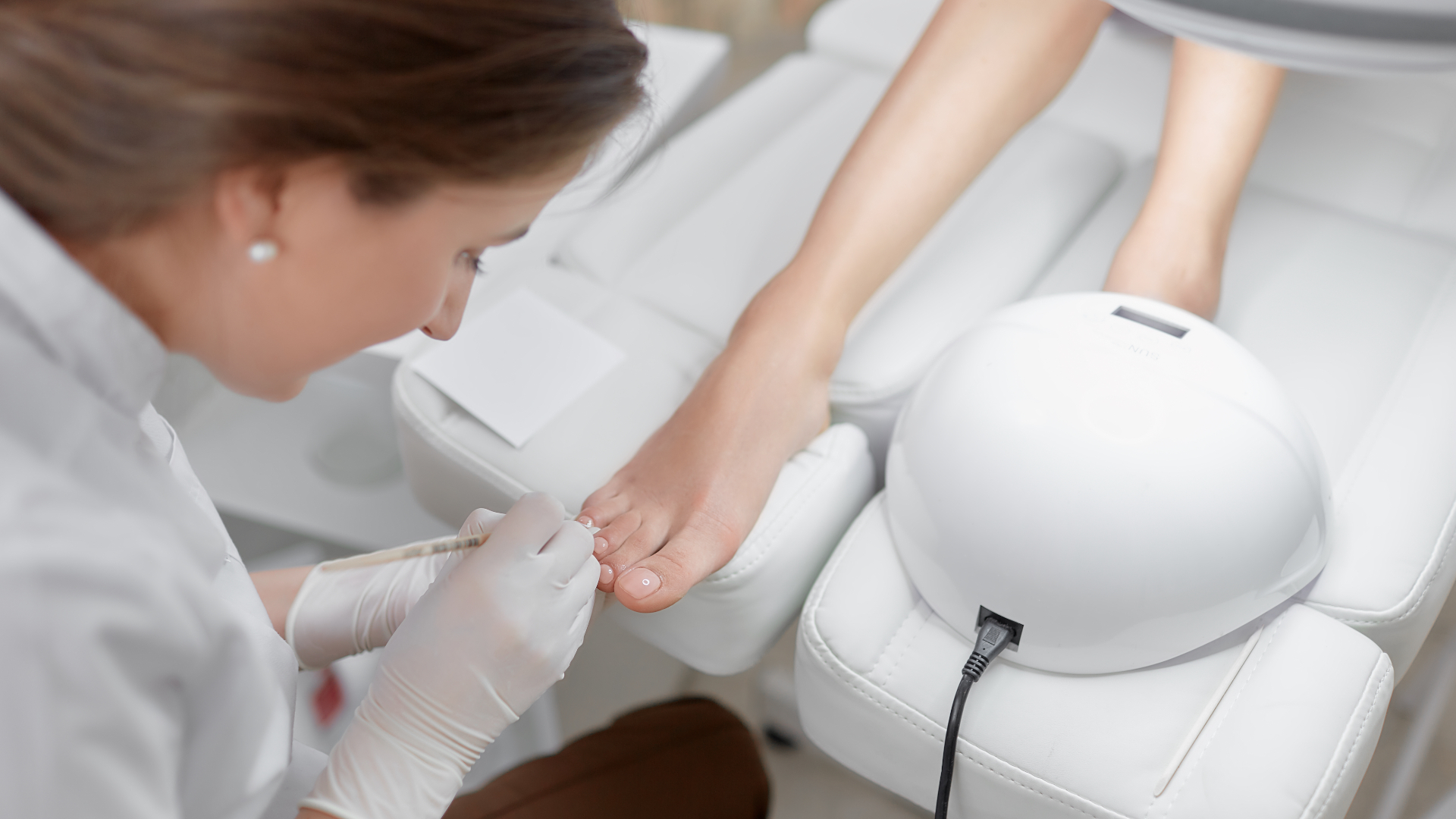Artificial toenails are actually becoming a huge trend right now as we veer into the mid-summer months. Not unlike acrylic fingernails, there are many colors, shapes, and designs to choose from.
However, you may be wondering how they work, how much they will cost you, and just how long they last. This article has you covered. Let’s answer all your pressing questions so you will learn everything that you need to know about this semi-new craze.
What are acrylic nails?
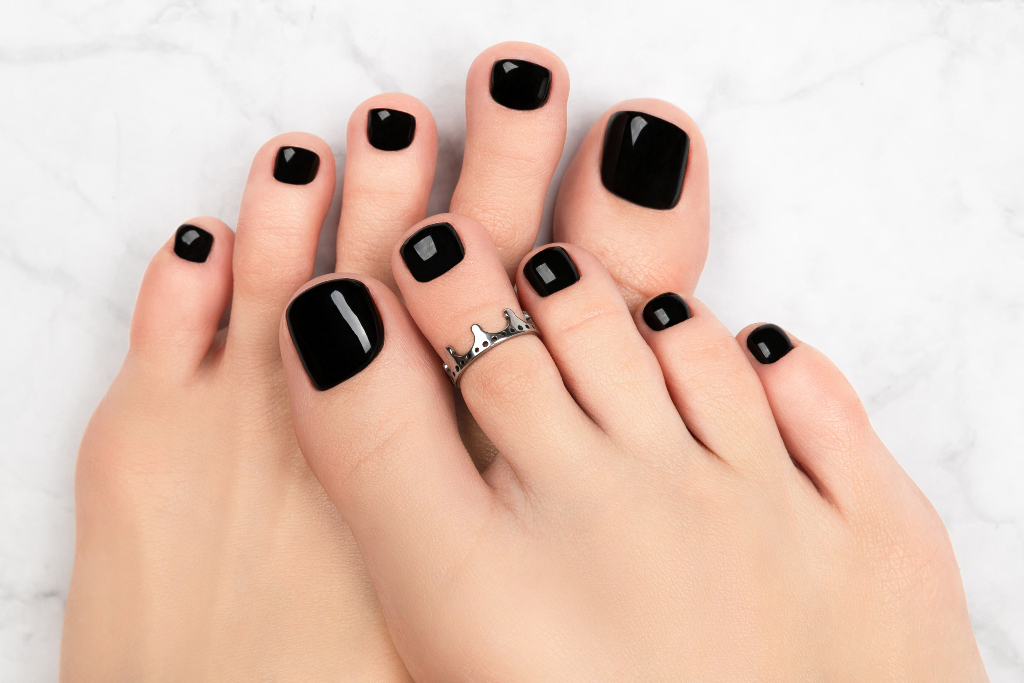
Acrylic nails are artificial nails that are made from plastics such as acrylic polymers, which are made by reacting together ethyl methacrylate monomer with polymethylmethacrylate. They are usually applied to fingernails by nail technicians to give the wearer the illusion of longer nails. These nails are also much more attractive than most typical human fingernails, as they are smooth (without pitting), strong (unlikely to split or break), and perfectly shaped.
Polymer tips are glued to the tips of a person’s actual nails, and cuticles are completely pushed back. Then the solution is placed between the cuticles and the bottom edge of the tip, forming a smooth, level surface once it hardens. Afterwards, the artificial nails are painted or stickers, gemstones, or foil are placed strategically to form designs.
Most of the time, acrylic fingernails can last up to two weeks before needing to be replaced completely or simply refilled.
Can you get acrylic nails on your toes?
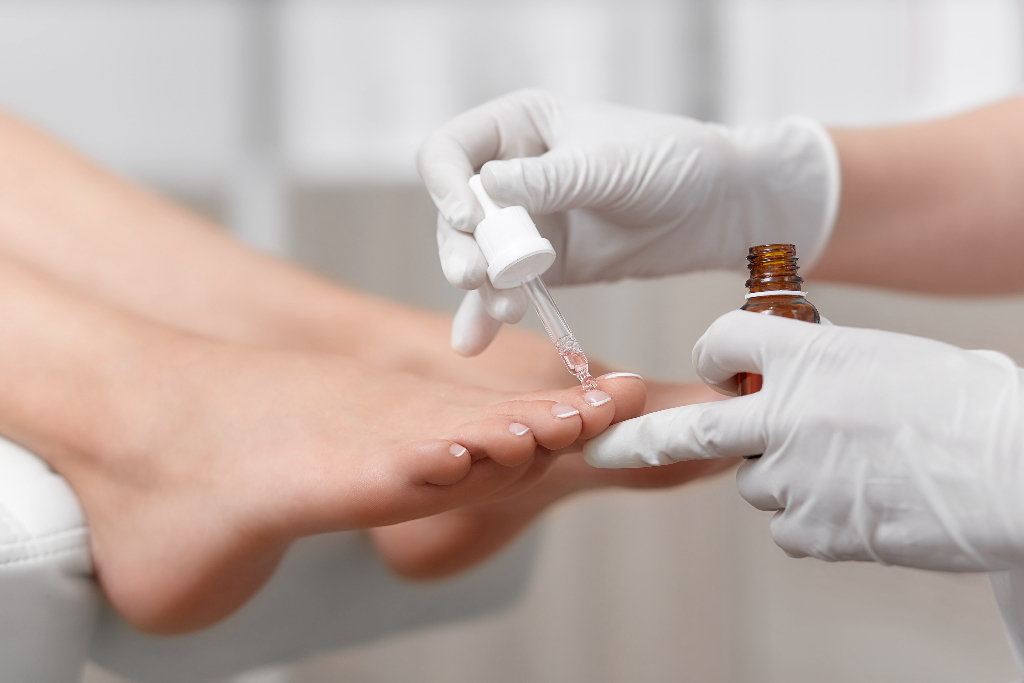
Many folks are wondering if it is possible to get acrylic nails on your toes. Well, of course you can. Just look for a salon that performs such a service because not everyone will do it, though it is a more popular idea during the warmer months when we want to show our feet off with strappy sandals.
Just note that the procedure can get a bit expensive. A full set can cost as much as $50, though toenails last longer than fingernails, since feet are not exposed to soaps, sanitizers, and chemicals as often as our hands are.
There is an inexpensive alternative, however. You can have acrylic applied to only your big toes, and just paint the eight remaining little toes. Since you are unlikely to want those smaller nails lengthened, and they are too tiny to decorate, concentrating on elaborate designs only for the acrylic on big toe nails makes economic sense while still staying on trend.
How long will acrylic toenails last?
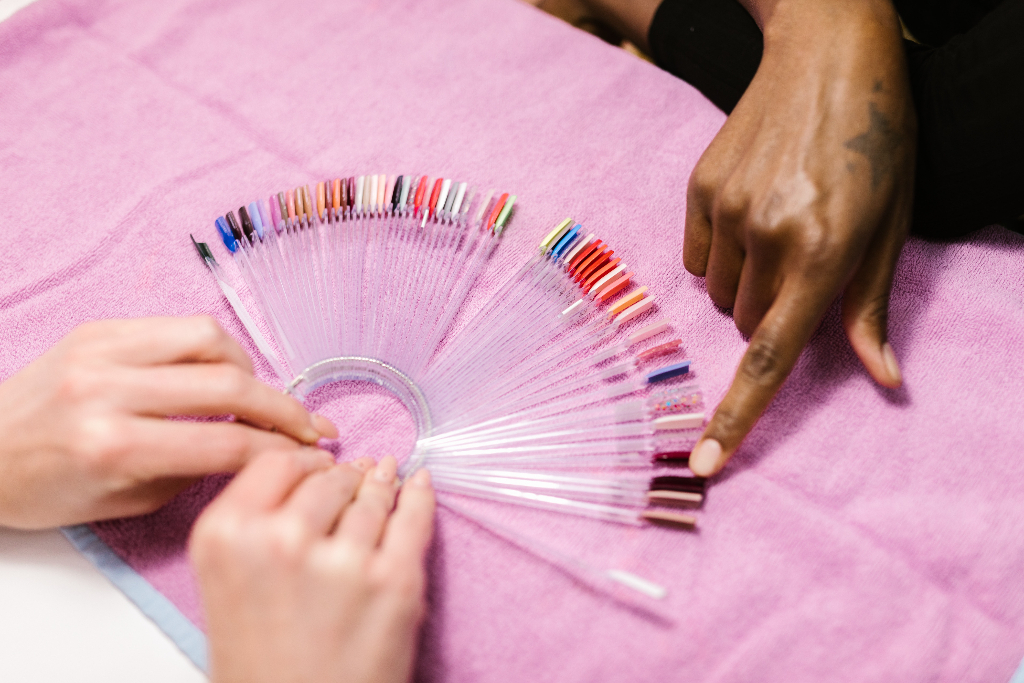
Like acrylic fingernails, acrylic toenails are hard and sturdy, because they are made from tough materials. However, they will eventually lift off, wear out, or simply be outgrown like any other artificial tips. Interestingly, they will outlast any fingernail tips because your feet tend to be covered or just don’t really make contact with acidic compounds in the same way that your hands do.
That all said, how long the set lasts also depends heavily on the shape of the person’s real nails, the choice of acrylic products used, and his or her cuticle size. However, the average lifespan of the typical acrylic toenail is approximately three to four weeks. After that, you will need a fill or replacement.
How do you remove acrylic toenails?

The best way to remove acrylic toenails is to soak your pedicure in pure acetone, also known as nail polish remover. The acrylic will simply melt away and you just need to wipe your nails clean with a tissue.
A more laborious removal option involves soaking either a cotton swab or a cotton ball with acetone, and taking the saturated cotton and applying the acetone generously to every nail. Then, you will wrap each one in either tinfoil or a nail cap made from reusable silicone. After 30 minutes, or a bit longer if the silicone is especially thick, you then take a cuticle pusher to gently remove the acrylic layer left on your nails. Afterwards, remove any leftover residue with your cotton ball or swab.
Can acrylic toenails mask injured or deformed real toenails?
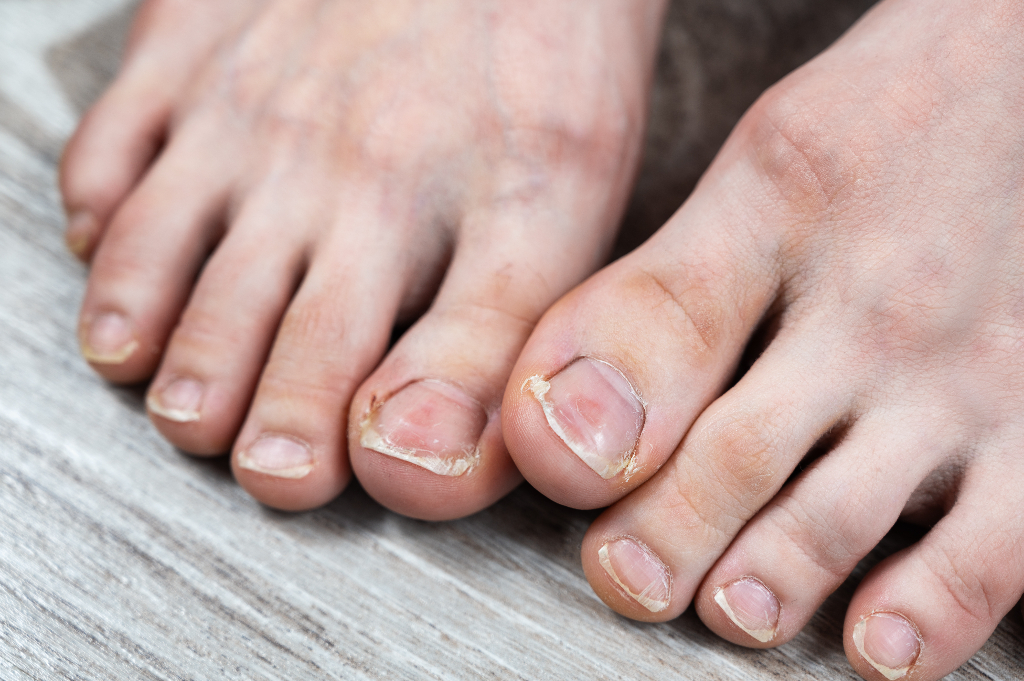
Another positive reason to use acrylic nails for your toes is to mask deformed nails. You may want to wear open toe shoes or sandals in the summer, but fear exposing a toenail that fell victim to an infection or an injury. Many times, this means that nails will be thick, bumpy, or discolored while they are in the process of recovering. And, even if an infection has been treated, or an injured toe has healed, it can take up to nine months for a toenail to grow out completely.
While the damage is just temporary, you can rock an acrylic nail over the injured or infected toenail until it looks more aesthetically pleasing. The fake nail will also give your toenails a more uniform appearance, so the afflicted toe won’t be as likely to stick out.
Is there anything to worry about with acrylic toenails?
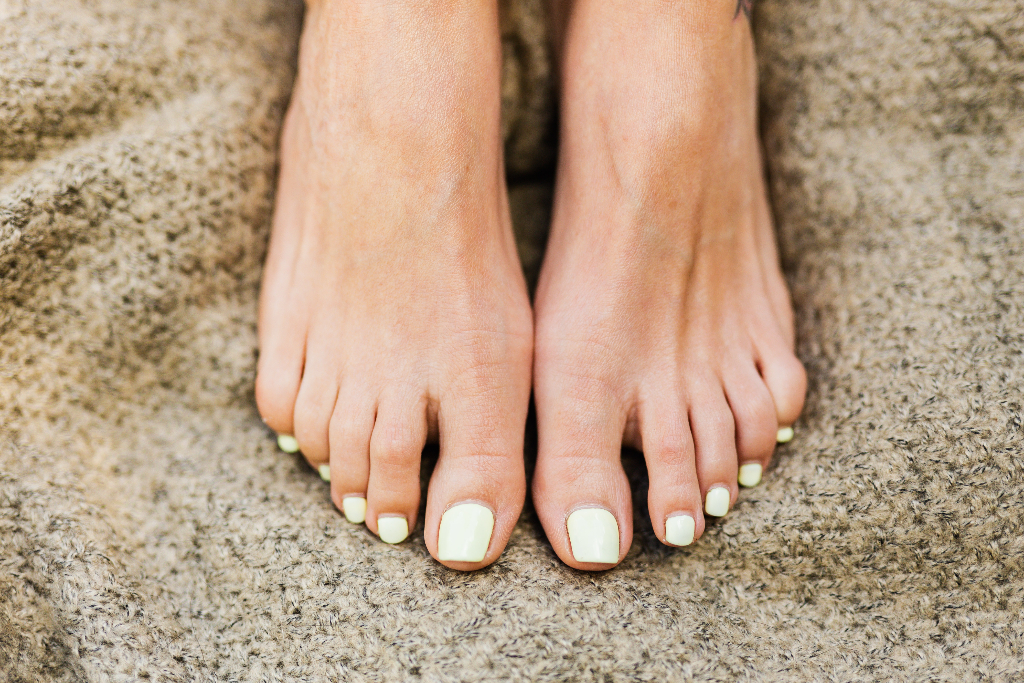
You do need to remember that acrylic nails are quite flexible, so when your foot is placed in a regular athletic shoe, ballet flat, or any other covered toe shoe, the nails may accidentally become embedded into your skin, causing an infection. This is really similar to an in-grown toenail, and it needs to be treated in the same manner.
Just remember, instances like these are rare. Just keep an eye out for it, and don’t wear especially tight shoes after you have received an acrylic pedicure. And, check the skin on your toes, surrounding the nails, if you feel any unusual pain or discomfort.
Conclusion
In conclusion, getting an acrylic pedicure is really fashionable at the moment, and it will give you the chance to show off your feet with confidence this summer. That means sporting cuter footwear, like bejeweled sandals or wedges, or baring sexy nude feet as you stroll along the beach.
Remember, these new acrylic toenails are strong, long-lasting, and durable. They are made in several different designs, colors, shapes, and sizes, so you know there is a style out there that is all your own. Give them a try today!

